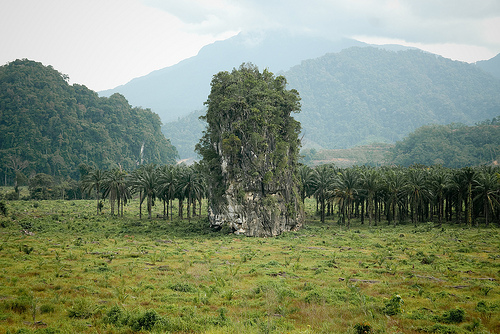BANGKOK — The World Health Organization is warning that about $450 million is needed over the next three years to stop a strain of drug-resistant malaria from spreading beyond Southeast Asia to the rest of the world.
Researchers say the artemisinin-resistant strain has spread to Burma and Vietnam since it was first detected along the Cambodian-Thai border in 2008. In addition to sounding the alarm about drug-resistant malaria, the World Health Organization is rolling out an emergency response to what it terms a potentially serious global health threat. [Read more…]
